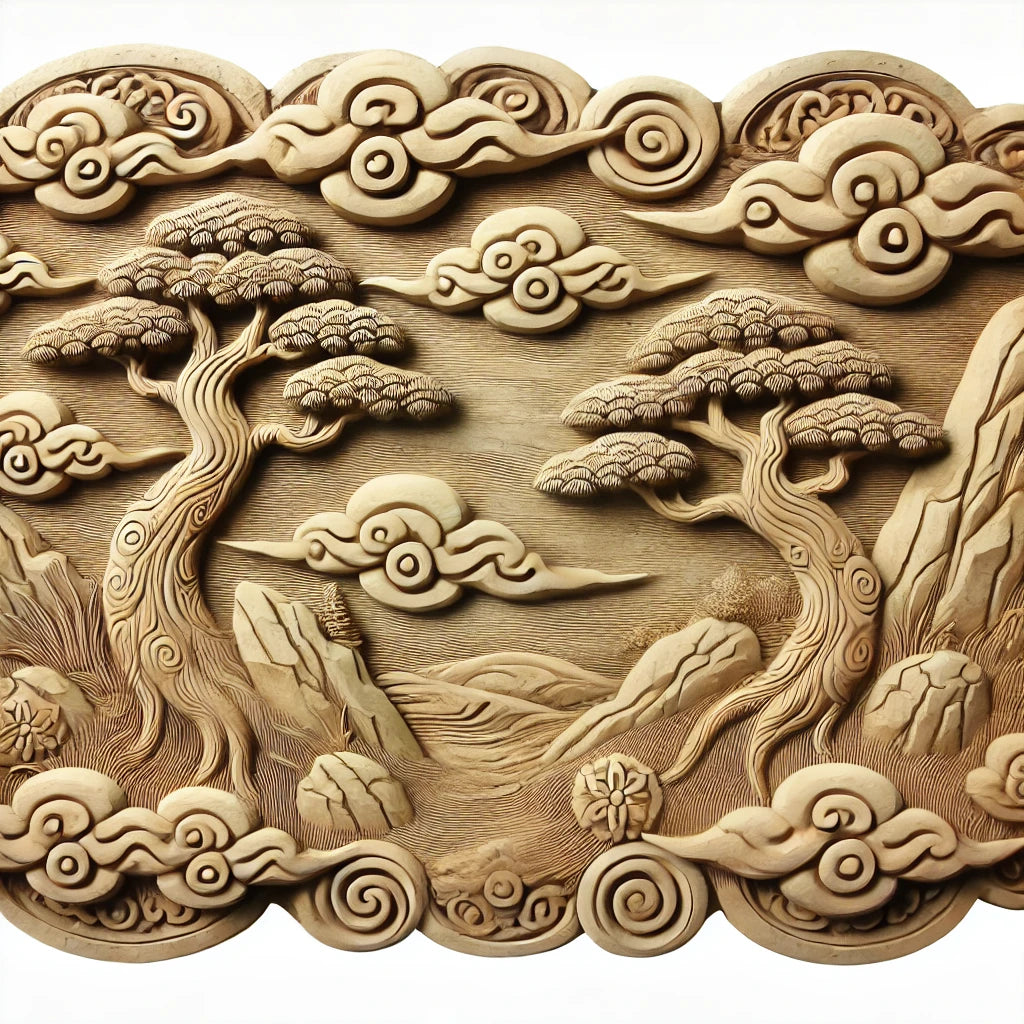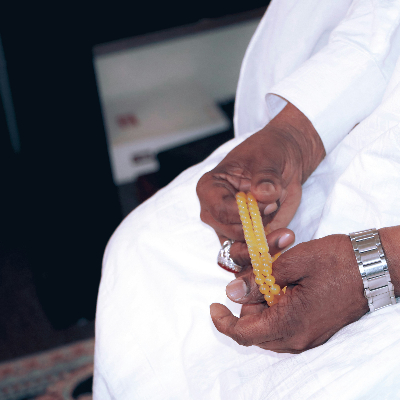Menu
-
-
F.A.Q
- How to identify genuine agarwood chip, natural or cultivated
- How to identify oil injection / absorption fake agarwood beads
- How to know if there are more than one oil in your oil
- How to make your wood bracelet or mala darker
- How to tell if an Agarwood bead sinks WITHOUT sinking it under water?
- How does back flow incense work and how do you burn it?
- Where to start if you don't know what agarwood is ?
- Why are you losing money if you buy seeds and plants?
- Which agarwood incense should I choose?
- Frequently Asked Questions
- Agarwood Related Articles
- Shipping
-
SHOP - Agarwood
-
SHOP - Other Fragrant Wood
-
SHOP - Incense Holder and Burner
-
- FREE Oud Oil guide
- Testimonials
- "Why did you buy this?"
- Contact us
- About Us
- +61430284329
- Login
-
English


"I can smell this wood which is buried 1.5m under ground" - Cristophoro says
July 03, 2021 4 min read
Table of Contents:[hide]
The fragrant wood name that is carved on a 2603-kg Urn
Inside the renowned UNESCO World Heritage Site: Imperial City of Hue (the formal Capital of Vietnam), there are many separate areas to discover.


Among them is the Nine Dynastic Urns. Each Urn contains 18 Vertical Carved Images. For more information please visit Arts and Culture Google
When you look at the primary urn in the Nine Urns, you will find Cao Dinh - The High Urn. Its weight is 2,603 kg and was placed in the centre of the Nine Urns to honour the founding Kings.
 One of the 18 Vertical Carved Images is the image of Agarwood
One of the 18 Vertical Carved Images is the image of Agarwood
Click here to see the image
The fragrant wood name that is carved on a 2,152 kg Urn
In the second Urn called Nhân Đỉnh, Kindness Urn, There is an image of Ky Nam
These two fragrant “kinds” of wood are from the same Aquilaria trees in Vietnam. But they are different
History of use of these two fragrant woods in between 1558 and 1800's
From time immemorial, the Champa had been hunting for Ky Nam and Agarwood in the remote area of the Truong Son Mountain Range. In the Truong Son Mountain Range (also known as Annamite Range), the terrain was dangerous. Not many people have set foot there.
There were plenty of Aquilaria trees in the past on the mountain. And many of these trees contain Ky Nam and Agarwood which the Cham people collect them as tributes to the King and Royal families.
Cristophoro Borri -The first Italian who experienced agarwood and Ky Nam
During 4 years in Vietnam between 1618 and1622, Cristophoro has experienced many interesting things that he decides to write a book about it called "Views of Seventeenth-Century Vietnam".
He describes agarwood as a "well known" wood from a big and tall Aquilaria tree. If the wood is cut from a young tree, then the wood is agarwood.
If the wood were cut from the young Aquila tree, it would be agarwood and there were plenty. However, when the wood was from an old tree, it would be challenging to find.
On some occasions, there were trees that grow in the peak and the most treacherous area of mountains. These trees could live for hundreds of years. Due to aging, a few branches broke and fell off the trunk.
Most of the time, these branches were worthless. But if they were infected or wounded for hundreds of years, either by insects or moulds, they would transform into a soft piece of wood that is super rich in oil. The wood is known as Ky Nam and they are invaluable
During the Nguyen Dynasty, anyone could see agarwood as long as they have the stock. The common citizens could use agarwood as a currency to pay their tax to the government. However, with Ky Nam, the Royal Nguyen family or high-ranking officials hold exclusive right to trade them.
How good is the Ky Nam fragrance
Cristophoro Borri has written a memoir of his encounter with Ky Nam.
He mentioned he buried a piece of it under 1.5 m in the ground and still he could still smell it.
You probably do not believe it since it is a memoir anyway. Just like you, I have my doubt too. But here is what I think had happened.
As Ky Nam wood is soft and very rich in oil. And it smells great even at room temperature. When a person touches a piece of good Ky Nam wood with his fingers, the oil transfers from Ky Nam to his hand. If he smells his fingers, he can smell the Ky Nam fragrance.

Oil Rich- Cultivated Ky Nam
When Cristophoro held the piece of Ky Nam, the Ky Nam oil was stuck on his fingers. He probably touched his nose during digging so he had been smelling all the time without realising it. So when he buried the Ky Nam wood underground, he said he could smell it. Perhaps what he was smelling was the oil that unintentionally stuck on his face.
You see, the oil in the powder was abundant, so much that they curve into Ky Nam Balls.
Normally with any wood powder when it is ground finely, the wood powder stays as powder. If the humidity is high, the water will bind these powder and lumps appear. That is why we use moisture absorber bag.
However, if the oil content is rich, without humid, the Ky Nam powder still forms "Ky Nam ball". Because Ky Nam oil is "sticky" in nature. It sticks the wood powder together, it binds wood powder together.

How does Ky Nam smell?
Similar to agarwood, Ky Nam also has a captivating woody aroma. Besides, there is a unique buttery, creamy woody note. This note is different compare to sandalwood but it is very melodious.
The problem with scent is you have to experience it. I can describe as much as I want to. But in the end, you are the one who feel it. Don't just imagine it because you can experience it
In the past, Ky Nam wood is mainly for the King and Nobles. Then it was in the brink of extinction.
In the wild, it is almost non existent. Even if there is, the price is probably too high for most of us to burn it. Imagine you are burning something that may cost one million 1,000,000 USD per kg, would you want to burn it?
Thanks to advanced technology in agriculture, we could make it available to you to enjoy.
Although it is not up to the Wild one, it has some of the wild Ky Nam unique notes. Click here to learn more about our sustainable cultivated Ky Nam; Kygarwood.
Have you tried Ky nam before? Tell me what you think?
Be one of the firsts who try it.
Leave a comment
Comments will be approved before showing up.
Also in News

What is Tasbih? The Deep Meaning of Subhan Allah and the Role of Prayer Beads
November 09, 2025 4 min read

